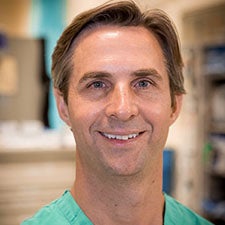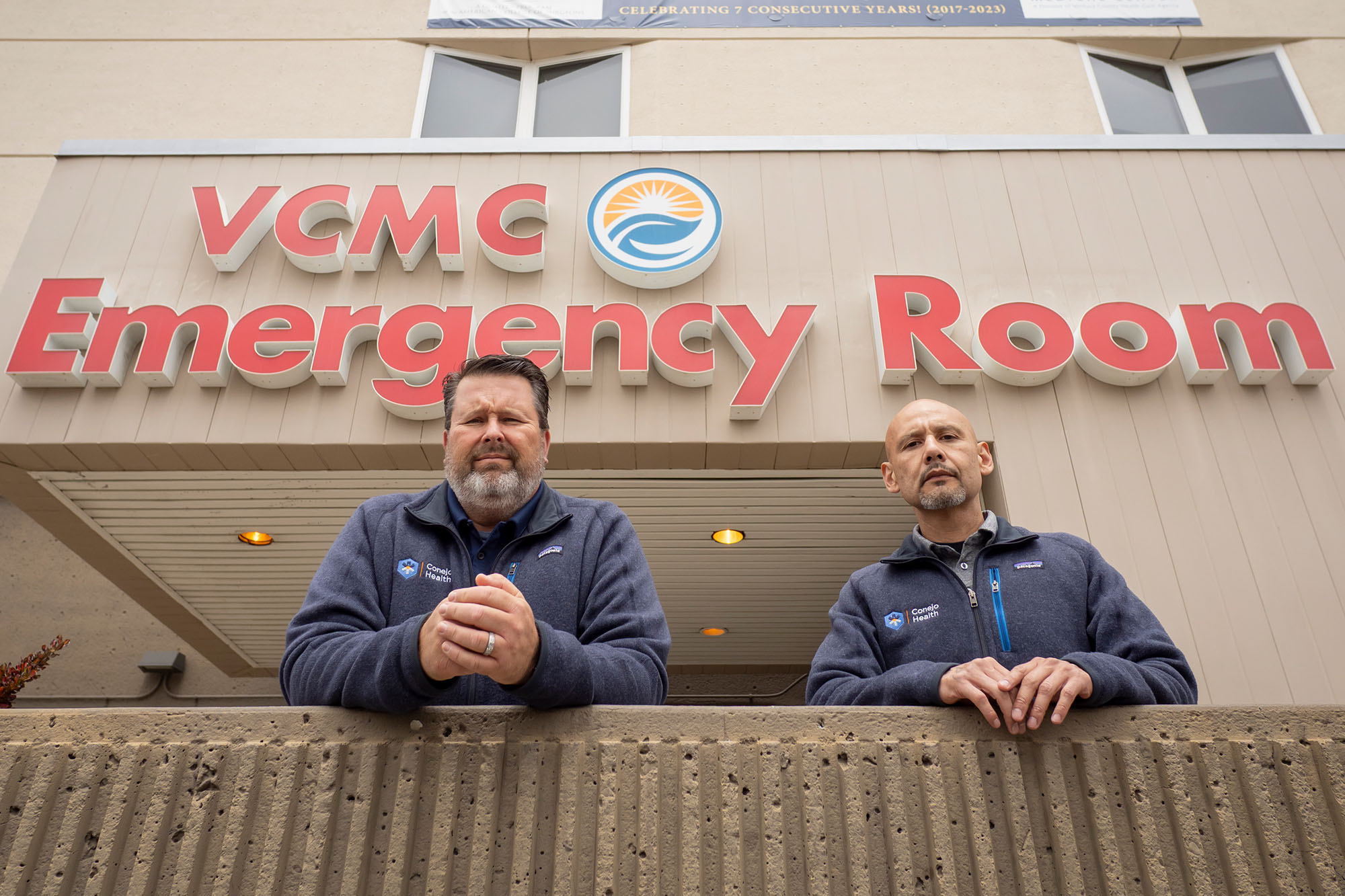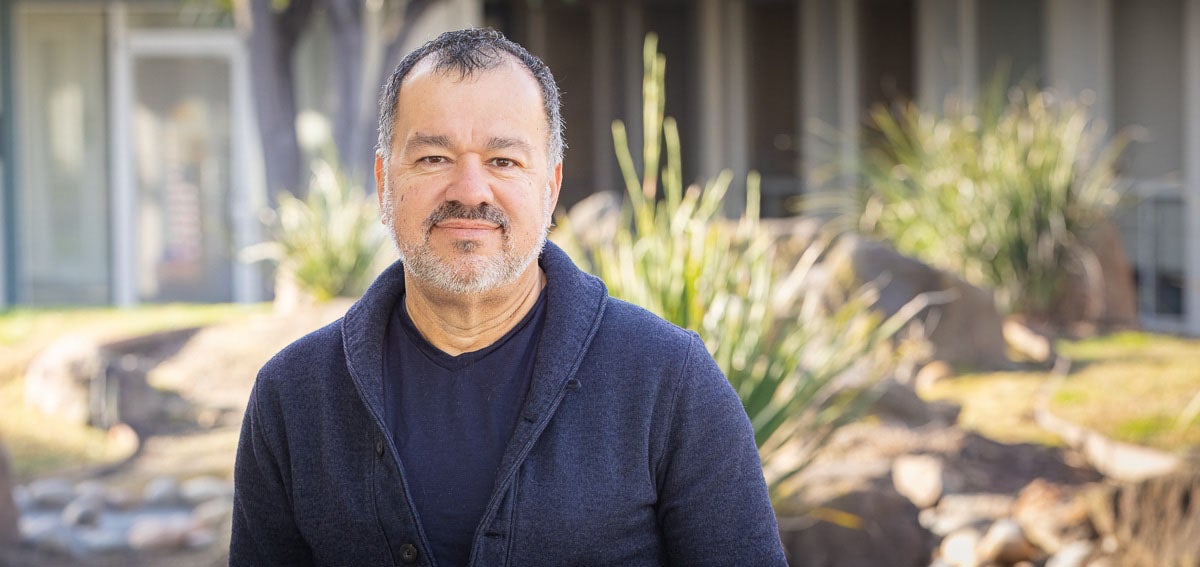
California is seeing progress in addressing the opioid epidemic. Overall prescribing is down, access to addiction treatment is up, and the state’s opioid-related death rate is stable. And while everyone wants to see the number of deaths decline, rates in California are not climbing, as is the case in other states.
But across the state in emergency departments like the one where I work, visits due to opioid overdose rose more than 15% between 2015 and 2016.
People with opioid addiction often come to the emergency department (ED), some because they have overdosed, and others because they are suffering in withdrawal. Teams work to revive the patient who has overdosed or to treat others suffering the symptoms of withdrawal. After that, the typical next step for emergency physicians is to refer patients to addiction treatment services. Then the patient is discharged.
Imagine if, instead, the emergency department team used these encounters to offer patients treatment on the spot for the underlying disease of addiction?
In 2016, this is what we started doing at Highland Hospital in Oakland, where I’m an emergency physician. At Highland, when patients present in withdrawal, we can offer them buprenorphine, an FDA-approved medication that treats withdrawal and cravings. We then connect them to outpatient addiction treatment. (There are two other medications approved for opioid addiction, methadone and naltrexone, but buprenorphine is the most appropriate in an ED setting. People with opioid addiction who have access to buprenorphine are more likely to recover, less likely to overdose, and less likely to turn to street drugs, thereby reducing their risk of contracting hepatitis C and HIV.)
New Model of Care
Physicians need special training for the US Drug Enforcement Administration to issue them an “X” waiver to prescribe buprenorphine to patients with opioid addiction. But emergency physicians can administer buprenorphine to patients in the emergency department for up to three days without the waiver.
This medication makes a big difference. A 2015 JAMA study found that patients who were given screening, brief intervention, and referral to treatment — combined with buprenorphine — had nearly 80% retention in treatment at 30 days, more than double those who only were screened and referred to treatment. From an addiction standpoint, that is a spectacular success.
A later study found initiating buprenorphine to be the most cost-effective option as well.
When we started this approach at Highland two years ago, we saw only a few patients, maybe two a week. Now we’re seeing one to two patients a day and are able to connect them to outpatient services.
Spreading the Approach Throughout California
I recently cared for a young woman who had become dependent on the combination medication hydrocodone-acetaminophen after a difficult pregnancy and labor. (Brand names for this drug include Vicodin; hydrocodone is a synthetic opioid.) After her doctor stopped prescribing the medication, the woman experienced severe withdrawal symptoms and cravings but was afraid to tell her doctor. Instead, she turned to buying pills from drug dealers. She came into the ED in withdrawal, and we started her on buprenorphine. She is doing well now. Not everyone has to hit “rock bottom.” There are many people who have a susceptibility to addiction and inadvertently get caught up in this disease. They want help but don’t know where to go.
Shortly after we launched our program at Highland, the California Health Care Foundation supported me in an effort to spread this model to eight hospitals across both California’s rural and urban areas.
This was one of the first attempts to take the idea from an academic urban teaching hospital and see if it was feasible in a rural community hospital. Very soon after getting started, we found that treating withdrawal with buprenorphine became an everyday practice in these EDs. It’s a pretty simple process of starting patients on treatment with buprenorphine and then giving them information to receive ongoing care with a partnered community health center. Generally, patients who come to the emergency department are highly motivated, and they want to change. We help them get started.
In part because of the success of this pilot program, the California Department of Health Care Services this year began supporting the spread of medication-assisted treatment in the ED more broadly with a $690,000 grant through the statewide Medication Assisted Treatment Expansion Project. We are calling this effort ED-Bridge because we start treatment in the ED and connect people to outpatient care.
Our goal is for every emergency department in California to be equipped and skilled in offering addiction treatment.
Authors & Contributors

Andrew Herring
Andrew A. Herring, MD, is an attending emergency physician and associate director of research at Highland Hospital-Alameda Health System in Oakland. Herring is medical director of the hospital’s substance use disorder treatment program and attending physician at its interdisciplinary pain medicine program. He is principle investigator of the California ED-BRIDGE: Emergency Buprenorphine Treatment Project. His current research focuses on emergency department treatment of opioid use disorders and pain management.
Herring is an assistant clinical professor at the University of California, San Francisco. He is board certified in emergency medicine and in addiction medicine, and he is a candidate of the American Board of Pain Medicine. He graduated from Harvard Medical School and completed residency in emergency medicine at Highland Hospital.





